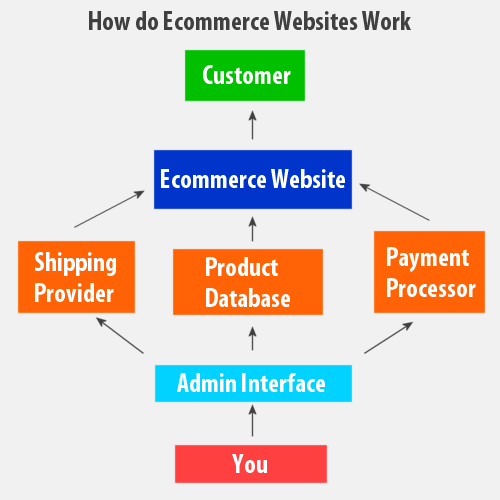Cable TV is on the decline while the number of Amazon Prime subscribers has increased rapidly since last year. One estimate reveals that nearly a quarter of the U.S. population are Amazon Prime subscribers and the numbers are steadily on the rise. However, can it make cable TV obsolete?
The Rise of Amazon
Amazon Prime had 66 million subscribers at the end of 2016 and a whopping 79 million subscribers to date. Meanwhile, the number of households subscribed to cable TV has decreased by nearly 5 million in the last seven years.
The modest decrease in cable TV subscriptions coupled with the increase of Amazon Prime subscriptions paints a rather vivid picture of the future of home television viewing. If this trend continues, Amazon Prime will have more subscribers than cable or satellite TV by next year. The chance of this overhaul happening in the near future is high.
In an attempt to be more accessible to everyone, Amazon is now coaxing lower-income American households with a discounted service. The company is offering monthly payment options to cater to those who are not willing to fork over $99 for the annual subscription.
Main Reason for Subscribing
Looking at the Amazon Prime’s impressive increase in memberships, it’s easy to conclude that the service will soon render cable TV obsolete. However, it is important to consider the reason behind Amazon Prime’s growing subscriber base.
Business Insider reports that Amazon Prime’s video service isn’t the main reason why people are subscribing. The growth in subscriptions is mostly due to the company’s impressive delivery service which is relatively fast and reliable.
That being said, cable TV isn’t directly threatened by a competitor in the same service field. It is likely that a household can subscribe to Amazon Prime while still enjoying the perks of having cable TV.
Other Competition
Although Amazon Prime’s main catch is not home entertainment, it doesn’t mean that they aren’t working on building a subscriber base using that platform in the near future. Currently, Amazon Prime isn’t directly battling with cable TV – or at least, not yet.

The service has to compete with other streaming services including Netflix and Hulu. A recent report suggests that Amazon Prime is gunning to become a major player in the streaming market and has already spent $4.5 billion on video this year.











 bandwagon with its Siri speaker due to be released soon. This is why businesses should include voice search in their online marketing campaign, rather than focus solely on text-based searches.
bandwagon with its Siri speaker due to be released soon. This is why businesses should include voice search in their online marketing campaign, rather than focus solely on text-based searches.
 internet users to skip one step. Instead of searching for “pulled pork sandwiches,” they can just go ahead and order the food from the best restaurant based on customer and critic reviews.
internet users to skip one step. Instead of searching for “pulled pork sandwiches,” they can just go ahead and order the food from the best restaurant based on customer and critic reviews.



















